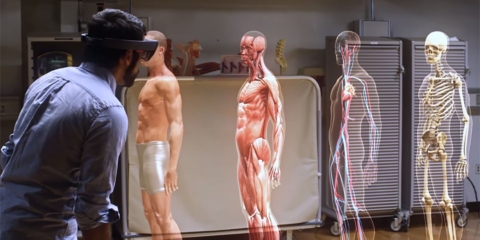Would you like to get notifications from Christian?
Interior design is a complex and ever-changing field, with new styles and trends constantly emerging. Keeping up with the latest trends can be a full-time job, let alone trying to come up with entirely new and original ideas for clients. This is where Interior AI comes in. Interior AI is a new platform that helps users generate new styles and functions for their interior spaces.
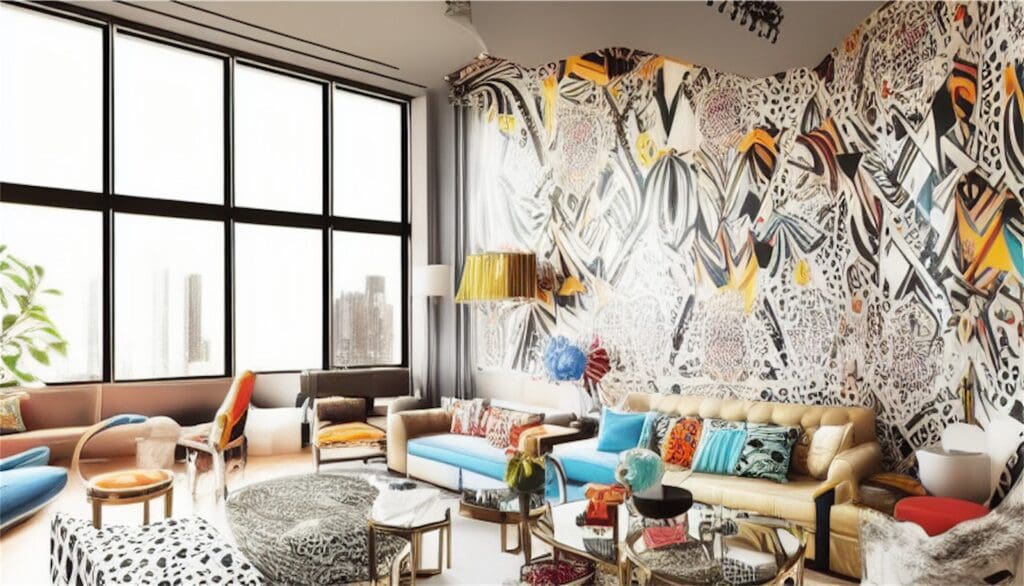
The program works by taking a 2D image of an interior space as input. This image can be found on the internet or taken by the user. The program then uses this image to generate one of 16 preselected styles, ranging from Minimalist to Cyberpunk. The user can also select a different function for the room, kitchen, home office, outdoor patio, or even fitness gym, thus creating an entirely new interior design. This powerful tool can help designers save time and be more creative in their work.
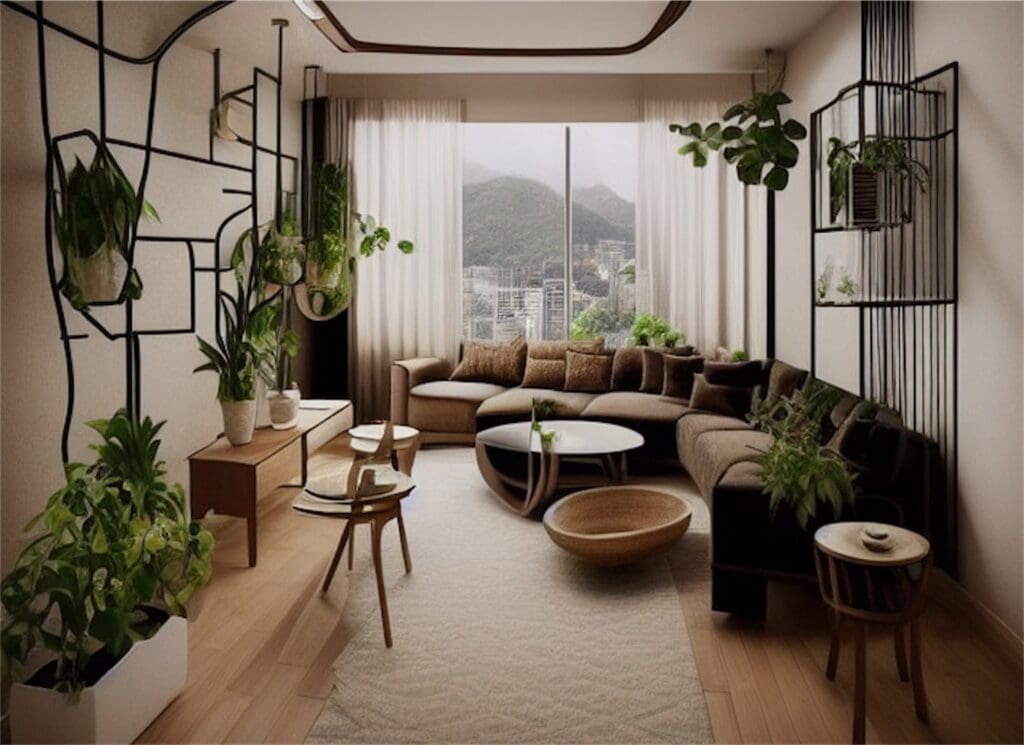
Interior AI is a step forward from other platforms and technologies, helping users find new ideas and inspiration for improving their homes. With this tool, the sky is the limit regarding interior design possibilities.
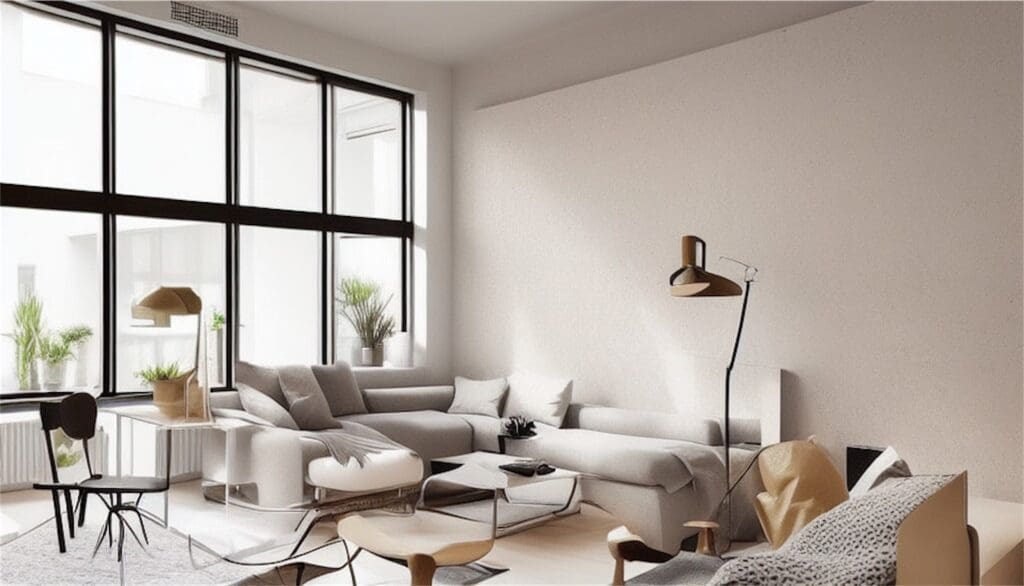
Interior AI is a powerful new tool that can help designers save time and be more creative in their work. With this tool, the sky is the limit regarding interior design possibilities. If you are an interior designer or someone interested in exploring new ideas for your home, I highly recommend checking out Interior AI.
Author: Christian Kromme
First Appeared On: Disruptive Inspiration Daily
Christian is a futurist and trendwatcher who speaks about the impact of exponential technologies like AI on organizations, people, and talents. Christian tailors his presentations to your audience's specific industries and needs.

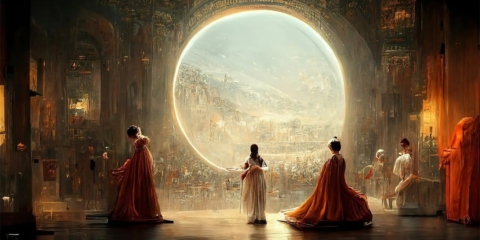

Our world is changing at an exponential rate! A big tidal wave of digital transformation and disruption is coming at us fast. Many organizations see this wave as a threat and experience stress, but there are also organizations that just see this wave as an opportunity.

Imagine sitting with just 10-15 fellow executives at a premier location, gaining clarity on the impact of AI on your industry while enjoying an exquisite dining experience. These are not just meetings—they are transformative moments that will shape the future of your organization

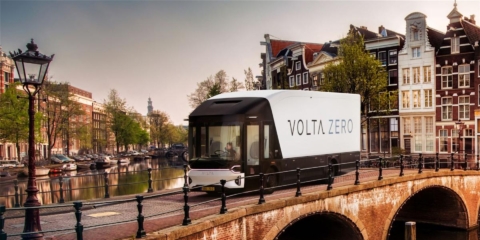
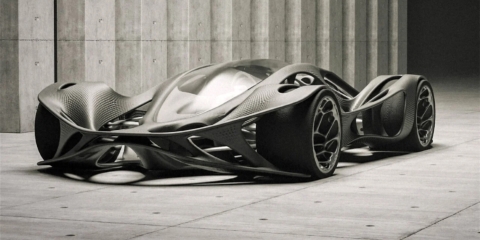
In the future, 3D printing and generative design will allow for products to be designed in a more decentralized manner, and production will take place closer to the customer and fully on-demand. 3D printing technology will also allow for more customization and personalization of products.
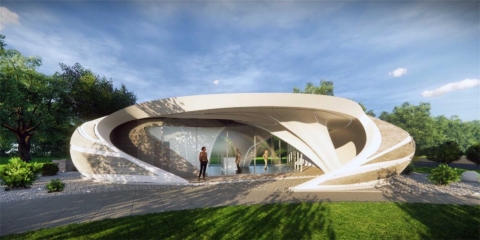

The agricultural industry is ripe for disruption. Robotics, AI, and IoT are all technologies that have the potential to radically transform the way we grow food. In combination with vertical farming, these technologies could increase the efficiency and quality of agricultural products.
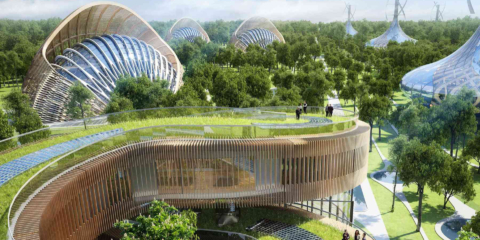
A human-centered society is one that puts people first and where technology is used to unite and empower people. It is a society that values biological life and dignity above all else. It is a society that recognizes the importance of human relationships and works to strengthen them. In a human-centered society, all members of the community are valued and treated with respect.
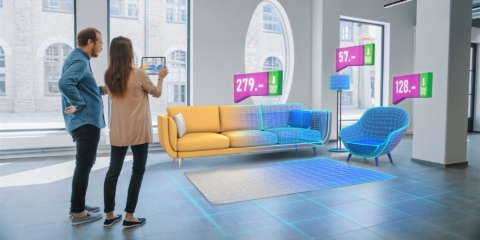
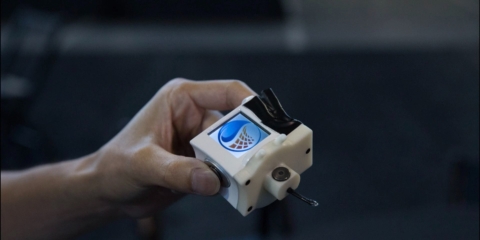
The future of healthcare is here. New technologies like AI, IoT, big data, and smart sensors make it possible to become the CEO of your own health. Imagine that your phone can listen to your voice and AI algorithms can detect small nuances in the tone of your voice that indicate specific diseases.
